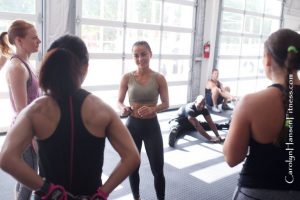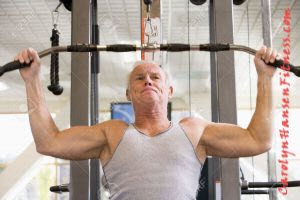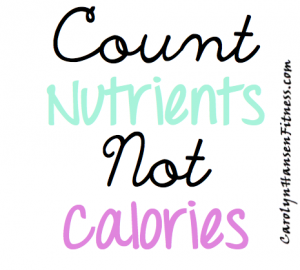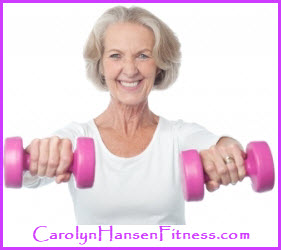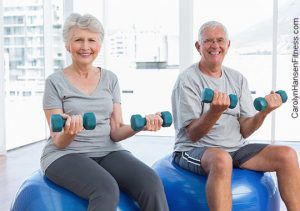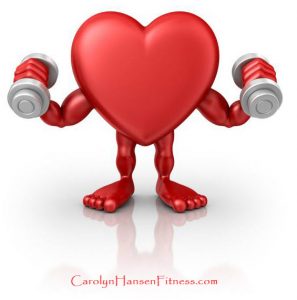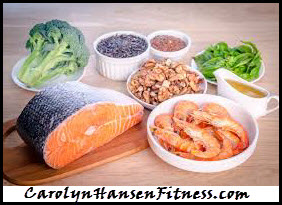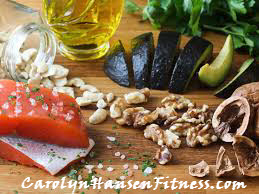Everyday, the cells in our bodies are subject to threats of all kinds. Viruses, infections and free radical damage to cells and DNA are ongoing. While some cells have the ability to heal from damage, others cannot.
Free radicals are unstable molecules. They attack healthy cells and a chain reaction of destruction in your body called oxidation is the result. These damaging free radical molecules contribute to the aging process and play a part in diseases such as diabetes, cancer and heart disease.
The body counteracts free radicals with anti-oxidants. They are the body’s chemical warriors that limit or stop damage that free radicals cause. They are empowered to neutralize free radicals, protect and reverse some damage and boost immunity. Evidence reveals they play critical roles in health maintenance as well as the prevention of chronic and degenerative diseases.
Unfortunately, as we age, our bodies produce more free radicals and fewer anti-oxidants, slowly but surely tipping the scales toward physical and mental decline, so it’s essential that we focus on boosting our anti-oxidant supply in order to keep disease at bay.
Free Radicals
Free radicals are the result of natural or man-made elements. Examples of free-radicals are:
Environmental toxins. Tobacco, alcohol and pollution are all guilty
Processed foods are full of unhealthy cell damaging substances
Ultraviolet rays from the sun or tanning beds
Chemicals the body produces when turning food into energy
Anti-oxidants:
The body produces some anti-oxidants and you can also get them in certain foods as well as vitamins. Some common antioxidants are:
Vitamins A, C and E –
Lycopene
Lutein
Beta-carotene
Selenium
Each anti-oxidant had a different chemical makeup and provides different health benefits. Many anti-oxidants are easily obtained in the fresh foods we eat. Produce is a heavy hitter, offering an abundance of warrior anti-oxidannts. They also contian fiber, minerals and other vitamins making them the perfect food.
Whether young, senior or in between, treat your body well – feed it antioxidants and reap huge rewards in quality of life and longevity.
The body has the potential and the power, to slow down the aging process and restore itself to a healthy level of wellness that it may not currently be experiencing. Superior health. the kind that pays off long-term, involves maintaining healthy body weight throughout life, eating a healthy diet, and having sufficient physical activity in our lives.
“Reclaim Your Longevity” can help you do just that…
The information here, when implemented as suggested, will be life changing and you will enjoy greater health like never before.
For more tools and resources from Carolyn Hansen to assist you in attaining your health and fitness goals and achieving the success you desire in life, please visit:




